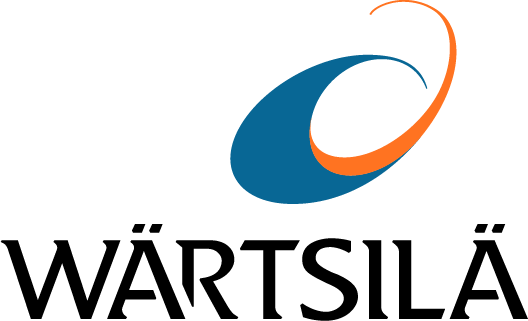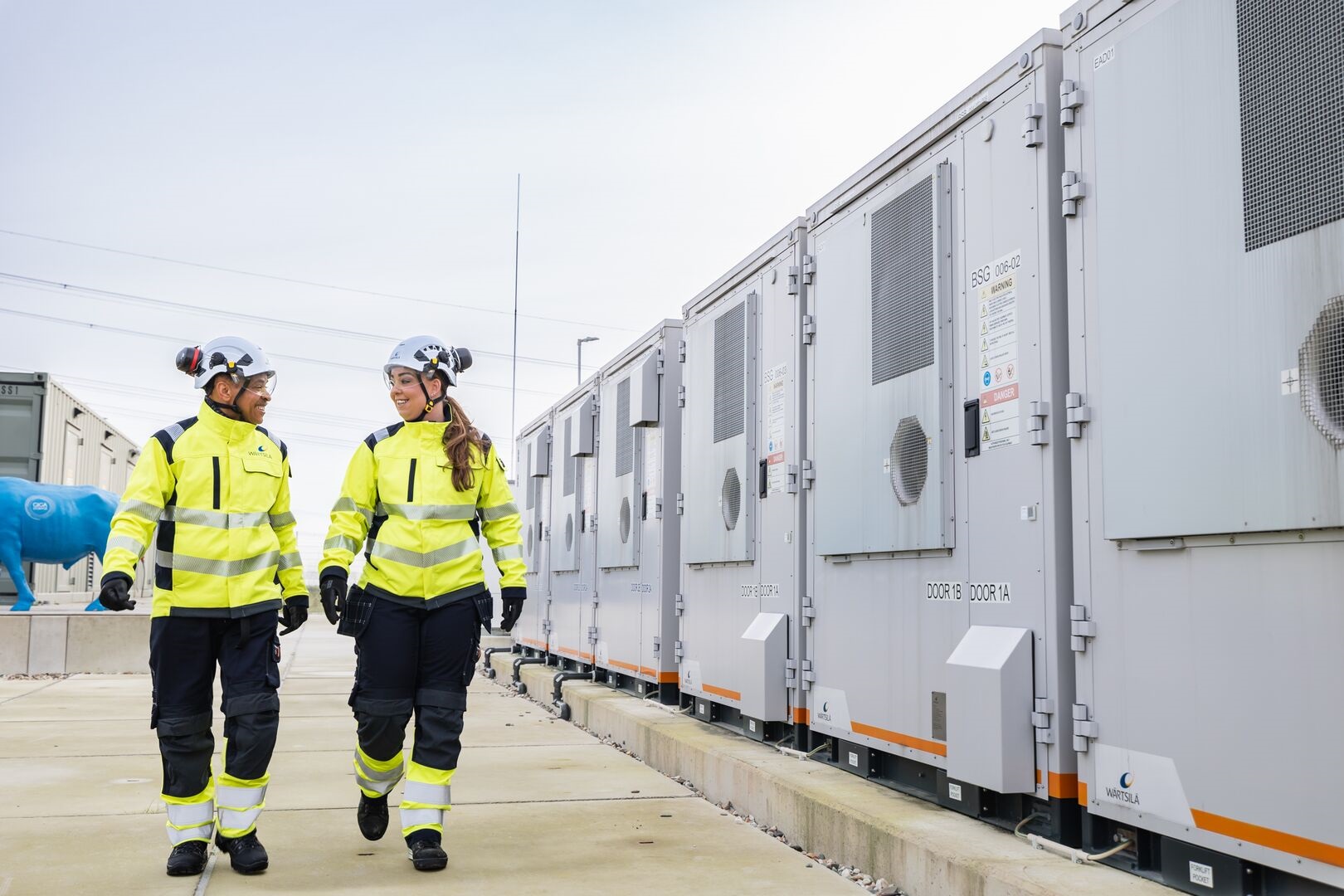

A pre-silent call for the first quarter of 2025 was held on 25 March 2025 with our CFO Arjen Berends. In this blog post, we summarise the main messages and questions from the call. The recording of the call is available here.
Before the Q&A session, Arjen discussed the recent development of our businesses, profitability drivers for 2025, and the updated Clarksons forecast.
Positive market trends in Marine
Wärtsilä’s key customer segments expected to continue their upward trajectory. Clarksons’ recent update on outlook for 2025 confirms this, showing a decline in segments as tankers, bulkers, and other cargo, while expectations for containers, cruise and ferry, LNG, and offshore are up for 2025. The average age of the fleet is at an all-time high, indicating a strong demand for new vessels. Tightening regulations are driving further growth in demand for new and more efficient vessels, as well as retrofits. Carbon taxes for the marine industry continue in the EU, and the International Maritime Organisation (IMO) will discuss similar solutions in their April meeting. Strong utilisation of the fleet is providing good opportunities for services.
However, there are challenges and uncertainties. The lack of yard capacity remains a headwind, although the situation is improving. Lead times from equipment order intake to revenue recognition are currently longer, averaging 12-18 months, up from the previous 6-12 months. Tariffs in the US are not expected to have a significant impact on the marine business, as most shipbuilding and marine service activities primarily take place outside the USA. However, long-term tariffs might slow down global trade, potentially impacting ship transportation.
Solid pipeline in Energy
The impact of potential tariffs in the US remains difficult to predict. While the potential impact on the existing order backlog is small, the high uncertainties and frequently changing tariff situation negatively impact customer decision-making for new orders, particularly in energy storage. Negotiations with energy storage customers in the US are taking more time as they seek clarity on handling tariffs. It is good to remember, that project business is lumpy by nature.
Despite some uncertainties impacting customer decision-making, the energy sector is experiencing positive trends. Electrification of the world continues, with power demand expected to grow threefold by 2050. There is good pipeline activity in both engine power plants and energy storage. The utilisation of the energy installed base is stable, providing good opportunities for services. Long-term demand for equipment is driven by the gradual shift to renewables, replacement of coal, and the ever-growing need for electricity.
Decarbonisation trends in the US market are driven by both federal policies and state autonomy in setting energy policies. Wind and solar are expected to post record installations in 2024 and 2025, driven by climate concerns and affordability. Many states are likely to continue their green initiatives regardless of federal changes. Getting grid connections is increasingly difficult, taking 5+ years in many places. This provides opportunities for microgrids, including data centers. The growth in data centers is creating interesting opportunities, particularly in the US and Europe. Wärtsilä is targeting off-grid baseload opportunities through third-party energy centers and Independent Power Producers (IPPs) with a focus on the 50–400 MW market.
Clear path towards financial targets
Wärtsilä is on a clear path to reach its financial targets through strategic actions and improved risk management. A key enabler for growth and profitability improvement is the service business. Wärtsilä continues to focus on strategy to move customers up the service value ladder, seeing continued opportunities in decarbonisation-driven retrofits and conversions. Wärtsilä is becoming a more stable, focused, and profitable company through improved risk management. A key strategic action in Energy to improve the quality of revenues has been the shift the focus from EPC to EEQ, with EPC only considered in selected markets.
Wärtsilä presented new combined financial targets for the Marine and Energy businesses, as well as separate new financial targets for the Energy Storage business, in a stock exchange release on 31 March 2025. Read more here.
Q&A
Does the uncertainty and slower decision-making affect only energy storage in the US or also the power plant business and other regions?
The uncertainty and slower decision-making mainly affect energy storage business in the US. The power plant business, including emerging markets and auctions, is progressing as expected without major changes.
Are there any changes in behaviour from cruise customers due to US uncertainties?
No, there have been no changes in behaviour from cruise customers. Cruise bookings remain at record highs, and there is a demand for new ships with advanced entertainment features.
How protected is Wärtsilä if customers want to cancel orders due to tariffs on power plants?
We do not expect cancellations of contracts. The existing order book is well covered and protected, with project payment milestones typically running ahead of costs.
How is Wärtsilä protected against cost level predictions for long delivery times in the marine side?
We have long-term contracts with suppliers, ensuring a good picture of cost levels for the coming years. Although there was cost inflation following the beginning of the Russia-Ukraine conflict, the company generally has a stable understanding of costs.
What is the current status of methanol engines in the maritime industry?
Methanol engines are still considered a viable solution for the journey towards carbon neutrality by 2050. Although the pendulum has swung back to LNG recently due to fuel availability on shipping routes, methanol engines remain relevant. The momentum for methanol may fluctuate, but it is expected to play a role in the decarbonization of the marine industry.
How is the company preparing for potential penalties on Chinese ships in the US?
We are monitoring the situation, but we do not expect immediate changes. Proposed port fees for Chinese-owned or operated vessels could increase consumer prices in the US, but the impact on global trade will take time to unfold.
Has there been any change in the outlook for the marine business this year?
No, there has been no change in the outlook. We continue to see positive trends and expects continued growth in overall orders for the marine business.
What are the factors affecting margin progression into 2025 compared to 2024?
Revenue growth is expected to provide better leverage for both service and new build businesses. Revenue stream mix will have impact as different service revenue streams, particularly spare parts, have different margins which can fluctuate. We are making continuous improvement in many front by focusing on flow optimisation and waste reduction as well as aiming to improve customer responsiveness and loyalty. Anticipated growth in factory volumes helps improve margins. Agreements with suppliers help manage cost predictions.
Who pays the tariff if it is introduced between now and the delivery obligation?
Most of the time, the client pays the tariff. In a few cases where the cost is shared, Wärtsilä's share is very small.